Pumpkins, with their vibrant orange hues and iconic presence during the fall season, are more than just Halloween decorations. They are versatile and nutritious additions to your garden and your plate. In this comprehensive guide, we'll embark on a pumpkin journey, exploring the process from planting the seeds to harvesting and enjoying the fruits (or rather, vegetables) of your labor.The following content also has some reference value for raised garden beds.

The Pumpkin Plant: A Brief Introduction
Before we delve into the nitty-gritty of pumpkin cultivation, let's get to know the star of the show a bit better. Pumpkins belong to the Cucurbitaceae family, which includes other popular vegetables like cucumbers and zucchinis. Pumpkins are native to North America and have been grown for several thousand years. They come in various shapes, sizes, and colors, but the classic bright orange pumpkin is the most recognized.
Planting Your Pumpkin Patch
Choose the Right Variety
Selecting the right pumpkin variety is essential. Some are best for carving, while others are perfect for pies or soups. Here are a few popular pumpkin varieties:
- Jack-o'-Lantern Pumpkins: These are the classic carving pumpkins, known for their round shape and bright orange color. Varieties like 'Howden' and 'Connecticut Field' are ideal for Halloween decorations and carving.
- Pie Pumpkins: If you're interested in making delicious pumpkin pies and other baked goods, look for sugar or pie pumpkin varieties. 'Sugar Pie' and 'Cinderella' pumpkins are excellent choices, known for their sweet and flavorful flesh.
- Giant Pumpkins: For those with a competitive spirit or a flair for novelty, giant pumpkins are a fun choice. Varieties like 'Atlantic Giant' can grow to enormous sizes, making them a hit at fall fairs and contests.
- Decorative Pumpkins: Beyond the classic orange, decorative pumpkins come in a variety of colors, shapes, and sizes. 'Lumina' pumpkins are white, 'Jarrahdale' pumpkins are blue-gray, and 'Baby Boo' pumpkins are tiny and white—perfect for adding a unique touch to your fall decor.
Timing Matters
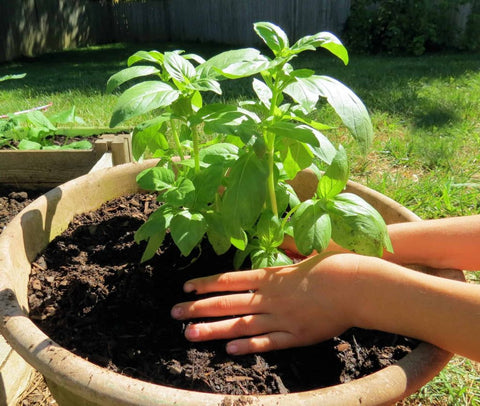
Pumpkins are warm-season crops, so they thrive in the heat of summer. It's essential to plant them after the last frost date in your area, typically in late spring or early summer. Be sure to check your local climate and planting zone for precise timing.
Select a Sunny Spot
Pumpkins love sunlight. Choose a spot in your garden that gets at least 6 to 8 hours of direct sunlight daily. For efficient air circulation and disease prevention, plants need to be spaced out properly from one another.
Prepare the Soil
Pumpkins thrive in well-drained, nutrient-rich soil. To increase soil fertility, add organic matter like old manure or compost. Aim for a soil pH between 6.0 and 7.0, slightly on the acidic side.
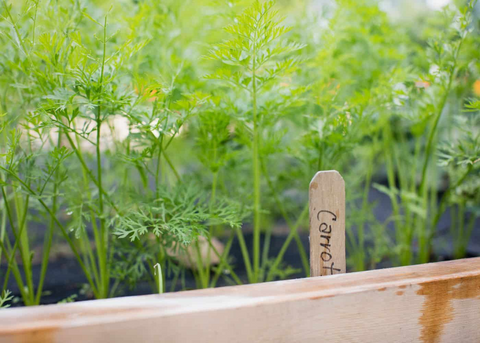
Planting Seeds
Plant pumpkin seeds about 1 inch deep in small hills or mounds. Space them 2-4 feet apart, depending on the variety. If you're short on space, consider vertical gardening techniques or trellising.
Watering and Mulching
Keep the soil consistently moist but not waterlogged. Mulching around the base of the plants helps retain soil moisture and suppress weeds.
Caring for Your Pumpkin Patch
Fertilizing
Pumpkins are heavy feeders. Regularly apply a balanced, all-purpose fertilizer to ensure they receive the nutrients they need for healthy growth.
Pest and Disease Control
Watch out for common pumpkin pests like squash bugs and cucumber beetles. Handpick them or use organic pest control methods. Powdery mildew is a common disease; prevent it by spacing plants adequately and ensuring good air circulation.
Pruning and Training
To encourage strong vines and healthy fruit, prune excess leaves and vines. You can also train the vines to grow in a specific direction to save space.
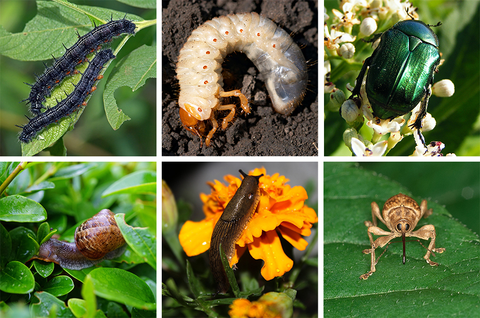
Pollination
Pumpkin plants have both male and female flowers. Pollen gets transferred between flowers by bees and other pollinators, whose role is essential. To ensure good pollination, consider planting flowers nearby to attract pollinators.
The Exciting Harvest
As your pumpkin plants grow and develop, you'll eagerly anticipate the day when it's time to harvest your pumpkins. Here's how to know when they're ready:
- Check the Color: Most pumpkins will turn their characteristic color when they're ready. For orange varieties, they should be a deep, consistent orange. For other colors, like green or white, look for a uniform shade.
- Test the Skin: Press your fingernail into the skin. If it's tough enough that your nail doesn't penetrate easily, it's likely ripe.
- Check the Stem: A sturdy, brown stem is a sign of ripeness. If it's green and pliable, the pumpkin may need more time to mature.
- Size and Shape: Pumpkins should reach their mature size before harvesting. Leave them on the vine until they're the right size and shape for your intended use.
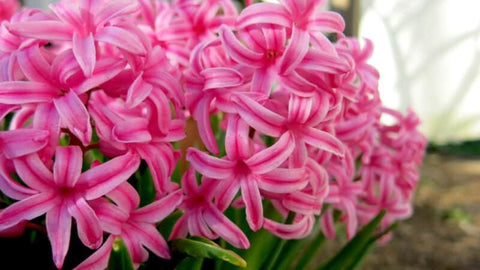
When it's time to harvest, use pruning shears or a sharp knife to cut the pumpkin from the vine, leaving a few inches of stem attached. Be gentle to avoid damaging the fruit.
Ways to Enjoy Your Pumpkins
Pumpkin Pie
Perhaps the most iconic use of pumpkins, homemade pumpkin pie is a warm and comforting treat. Puree the pumpkin flesh, add spices, and bake it in a flaky pie crust.
Roasted Pumpkin Seeds
Don't throw away those seeds! Clean and roast them with your favorite seasonings for a crunchy and nutritious snack.
Pumpkin Soup
A hearty pumpkin soup is perfect for chilly fall evenings. Combine pumpkin puree with broth, herbs, and spices for a comforting bowl of goodness.
Pumpkin Bread
Pumpkin bread is a delightful breakfast or snack option. It's moist, flavorful, and can be customized with nuts, chocolate chips, or raisins.
Pumpkin Decorations
Carve your pumpkins into spooky or whimsical jack-o'-lanterns for Halloween. You can also paint or decorate them for a longer-lasting fall display.
Pumpkin Puree
Homemade pumpkin puree can be used in various recipes, from pancakes to smoothies. Simply cook and blend the pumpkin flesh until smooth.
Pumpkin Crafts
Get creative with pumpkin-themed crafts. Use small pumpkins as canvases for painting, or turn them into unique candle holders.
Pumpkin Garden
If you have the space, consider creating a pumpkin-themed garden with different pumpkin varieties. It's a beautiful and educational addition to your landscape.
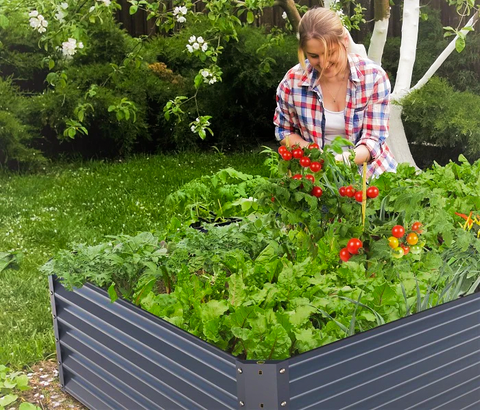
Conclusion: Celebrating the Pumpkin's Journey
From the humble pumpkin seed to a bountiful harvest, the journey of this quintessential autumn crop is filled with anticipation and reward. As you plant, nurture, and harvest your pumpkins, you not only savor the delicious fruits of your labor but also connect with the rhythms of the seasons. So, whether you carve spooky faces for Halloween or whip up a batch of velvety pumpkin soup for a cozy dinner, the pumpkin's journey brings warmth, flavor, and a sense of tradition to your fall festivities. Embrace the season's treasure and celebrate the pumpkin's remarkable story with every bite and decoration.









